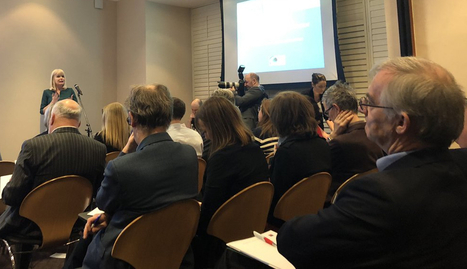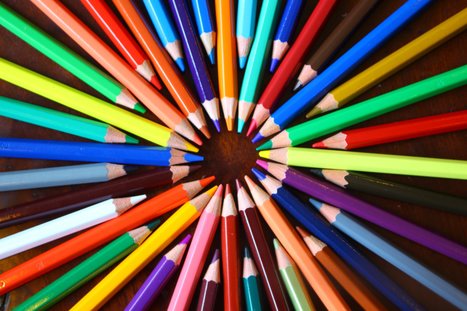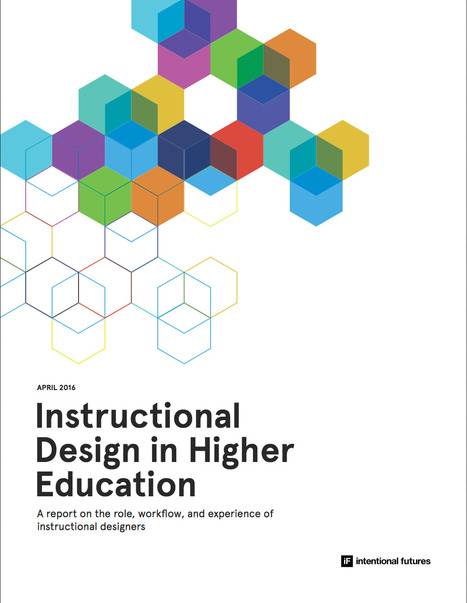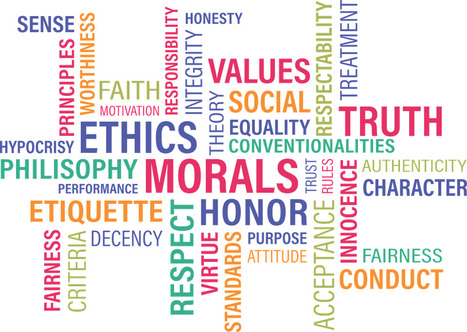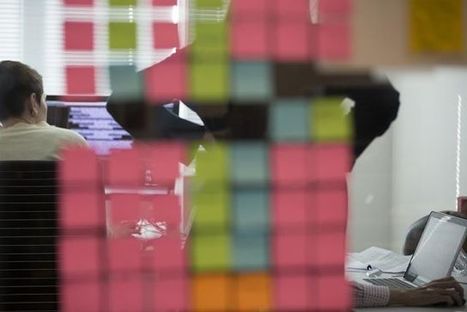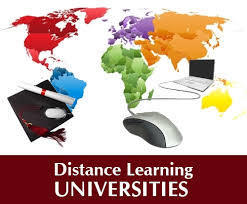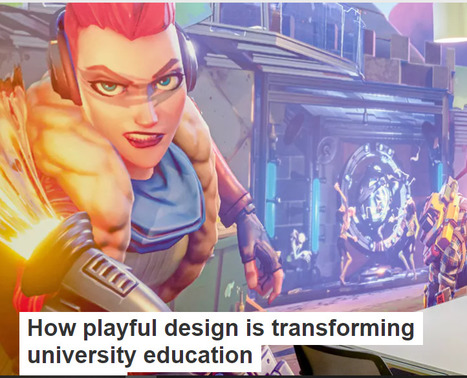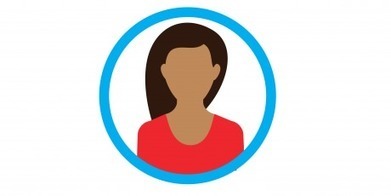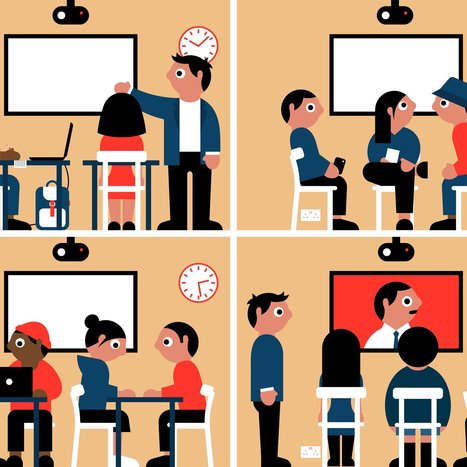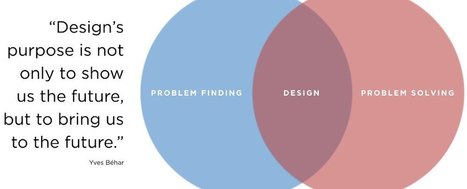 Your new post is loading...
 Your new post is loading...
By Professor Grainne Conole. I recently attended a HEA Future-focus Forum on Digital Transformation and Empowering Technologies in Higher Education. Prior to the meeting a paper was circulated setting the scene for the meeting. This contextualized the topic by referencing various Irish and EU relevant documents, including the Irish Future Jobs Initiative, the Digital Agenda for Europe, the European Digital Education Action Plan, the European Higher Education Area in 2018, etc. The paper argued that digital transformation is pervasive and can be understood as the changes that digital technology causes or influences in all aspects of human life. In addition, Higher Education will change significantly over the coming years due to digital transformation. Critical questions include: how can higher education Institutions (HEI) provide leadership in ensuring an ethical and responsible use of technology and data? How do we empower people to build a data-first culture and future proof our digital infrastructure? What are the challenges and how do we prepare for them? What international best practice exists to inform a national approach to digital transformation in Higher Education?
Via Elizabeth E Charles
"All the artificial intelligence and machine learning news you need to know heading into back to school season. This week, we're reading about IBM's partnership with Scholastic and Edmodo, how AI is used to track everything students type and more ..."
Via Leona Ungerer, Bruno De Lièvre
"Marketing is no longer about the stuff you make, but the stories you tell – Seth Godin In today’s highly crowded and competitive space of higher education, various universities out there are grasping at straws to capture the interest of prospective students and to sustain their interest ..."
Via Leona Ungerer
"AI is already changing the workplace. Universities should not fall behind ..."
Via Leona Ungerer
"In this post, we’ll review the state of open education within the European context – and, more particularly, in Spain – with a special focus on high …."
Via Leona Ungerer
Learning — to some it is the sound of chalk on blackboards, the search through stacks of scribbled notes, and backpacks full of heavy textbooks. For others with a less traditional lens, learning is the summoning of professors with a click of a mouse, assignments no longer living on paper, but in a cloud, and the ‘classroom’ being everywhere. Education has changed considerably in recent years and we don’t expect it to slow down anytime soon.
Via Edumorfosis, Nik Peachey, Miloš Bajčetić, Ricard Lloria
"The author views educational technology leadership and practice through the lens of three threshold concepts and his experiences at the 2017 ELI Annual Meeting ..." ©
Via Leona Ungerer
"One way to help students wrestle with the ethical dilemmas of our disciplines, without telling them what we would do, is to teach them ethical inquiry ..."
Via Leona Ungerer
"The following learning spaces are not necessarily spectacular pieces of architecture destined for awards but what they represent to me are a series of spaces that interest and intrigue me, that point to thinking about learning spaces in a different way – blurring the boundaries between learning, working and living to meet the diverse needs of learners." by Professor Andrew Harrison.
Via Carlos Fosca

|
Scooped by
juandoming
|
This Framework for Information Literacy for Higher Education (Framework) grows out of a belief that information literacy as an educational reform movement will realize its potential only through a richer, more complex set of core ideas. During the fifteen years since the publication of the Information Literacy Competency Standards for Higher Education,1 academic librarians and their partners in higher education associations have developed learning outcomes, tools, and resources that some institutions have deployed to infuse information literacy concepts and skills into their curricula
Experts discuss what the future of higher education will look like, from college affordability and return on investment to online learning and more.
Via Carlos Fosca
Learning by Doing
Education, like life itself, should not be a spectator sport. Merely listening or even reading may create the illusion of learning, but without active engagement, retention of course material, or the ability to apply it, is laughably low. Students who engage in hands-on activities understand concepts more deeply and remember them more accurately.
Project-based, case-based, and team-based learning and problem-solving are activity-based approaches to teaching and learning, allowing students to become creators of knowledge rather than mere recipients of knowledge.
Students might annotate a text or play or work of art, map and analyze data, visually represent change over time, document a neighborhood or community. The web can then make student projects and research publicly accessible.
By learning by doing can take even richer forms. A solver community brings together students and faculty to “crowdsource” innovative solutions to the critical challenges of our time. Tackling a real-world challenge is a proven way to nurture a community of engage, creative learners. One of the broader goals is to transform a class of students into a knowledge network, an ongoing community that can continue to partner and share expertise and insights.
Then there are maker spaces. These are innovation greenhouses, incubators, or accelerators where innovators – whether faculty, students, staff, or others from outside the campus – can work individually or collaborative on projects in a supportive environment.
A new kind of student populates many campuses defined not by demographic characteristics, but by mindset and aspirations. Extraordinarily entrepreneurial, these students, in their spare time, create apps, found start-ups, and devise creative solutions to a host of pressing environmental, health, and technology problems. Learn more / En savoir plus / Mehr erfahren: https://gustmees.wordpress.com/2015/07/19/learning-path-for-professional-21st-century-learning-by-ict-practice/ https://gustmees.wordpress.com/2014/10/03/design-the-learning-of-your-learners-students-ideas/
Via Gust MEES
Our expert looks at the latest developments in China’s drive for bigger and better international partnerships (...) - The Guardian, by Rahul Choudaha, 12 October 2015
Via ESR_Info, Mark E. Deschaine, PhD
|
What future(s) for distance education universities? Towards an open network-based approach /¿Qué futuro para las universidades de educación a distancia? Hacia un enfoque abierto basado en la red
Via Carlos Fosca
"Mobile applications (apps) provide a purpose-built solution to effectively delivering education over the smaller screen, allowing students to learn 'on the move' through a medium that has been proven to be more effective in engaging users for longer periods of time ..." ©
Via Leona Ungerer
"University course designers are harnessing the addictive quality of video games to develop 'Serious educational games' that engage and motivate students ..."
Via Leona Ungerer
Una exdecana de posgrado del Instituto Tecnológico de Massachusetts (MIT), inauguró un nuevo tipo de universidad sin salones de clase, cátedras o especializaciones. Station1 es el nombre de esta organización sin fines de lucro que tiene como objetivo evolucionar la educación superior con un modelo único que se opone a los pilares tradicionales de la universidad.
Via Carlos Fosca
Best content around Classroom Student Data Privacy selected by the EdTech Update community.
Via Patricia laronze
"Any university will tell you that its primary mission is to create opportunities for its students to achieve success. But student success looks quite different today than it has in the past – even as recently as a few years ago ..."
Via Leona Ungerer
"Higher education institutes around the world are undergoing radical change as they swap old-fashioned lecture rooms for flexible learning spaces ..."
Via Leona Ungerer
Many recent science and information technology graduates are failing to find full-time work at a time when science, technology, engineering and mathematics (STEM) education is a priority for government and industry. Mapping Australian higher education 2016 shows that in 2015, only half of bachelor degree science graduates seeking full-time work had found it four months after completing their degrees, 17 percentage points below the average for all graduates. Among recent science graduates who found full-time jobs, only half say their qualification is required or important for their job – about 20 percentage points below the average.
Via DennisOwen1, Canadian Vocational Association / Association canadienne de la formation professionnelle
If you’ve been hearing a lot lately about design, there’s a good reason. Design as a discipline has found a full seat at the table of private enterprise as a driver of business value and competitive edge. Recent mergers and acquisitions activity underscores the growing recognition of the critical role of design in innovation, strategy, and business development. Although 42 design firms have been acquired over the past decade, nearly half of the acquisitions happened in the past year (2015), according to the Kleiner Perkins Caufield & Byers influential Design In Tech Report 2016.
Via ColinHickie
"Technological and digital literacy are crucial for university students who hope to truly contribute to the world in the 21st century ..."
Via Leona Ungerer
|



 Your new post is loading...
Your new post is loading...

